Professional basketball begins again next week, and dedicated fans will be happy to put last year's labor disputes and lockout behind them. But many will also remember 2011-2012 as a magical season. It was the season of Jeremy Lin, a New York Knicks point guard who, for a few weeks last winter, captured the country's imagination.
Lin was an unheralded and undrafted bench player from Harvard, one of the few Asian Americans in the NBA, whose unlikely hot streak landed him on the cover of Sports Illustrated -- twice, back to back. He made headlines beyond the sporting press as well, from Time to the Associated Press, and was the subject of seven instant books. He inspired a huge merchandising rush and a new lexicon, including an official new English word: Linsanity.
As entertaining and uplifting as Linsanity was, however, the sobering reality is that Lin's performance had nothing to do with a "hot streak." Psychological scientists have known for years that hot streaks and other kinds of sporting "momentum" are an illusion -- though a very compelling one. Close statistical analysis has convincingly documented that making one shot -- or five or ten -- does not boost the odds of making the next one.
But this leaves an important, related question unanswered: Does our powerful belief in hot streaks, even if it's a false belief, still affect games? That is, do players play differently when they believe they are hot? Or if they believe a teammate is on a roll? Do they make different decisions about passing and shooting? And how about coaches? Do they coach differently when they believe they have a hot shooter on their squad?
Yigal Attali, a psychological scientist at the Educational Testing Service, decided to explore these questions with actual basketball statistics. He analyzed an entire NBA regular season, play by play, including shot attempts and their distance, assists, free throws, rebounds, fouls, substitutions, timeouts, turnovers, blocks and steals. Attali was most interested in analyzing pairs of shots: That is, if a player attempted a shot, what happened on the team's next possession? Did that player shoot again? Or pass. Did teammates get the ball to him or not? Did he score? And so forth. Attali analyzed more than 170,000 such pairs of shots, by 448 different players.
Attali was not interested in individual players, but rather in team patterns. He found evidence that an irrational belief in the hot hand does indeed affect who shoots, and it also determines the risk and success of attempted shots. More specifically, as described in a forthcoming issue of the journal Psychological Science, players are more likely to take the next shot after having made a basket -- especially if they sink a long one. They are also more apt to take longer, and more difficult, second shots. Coaches are not immune to this false belief either: They are less likely to sub out a player who has just made a shot, probably because they have (unwarranted) confidence in a player who is "in the zone."
Paradoxically, believing in the hot hand may actually hurt team performance -- rather than enhance it. Players in Attali's analysis were actually less likely to sink a shot following a score than they were following a miss. There could be many reasons for this -- harder shots, tighter defense -- but whatever the reason, the phenomenon is really the opposite of the "hot hand." It's worth recalling that Linsanity was as much about assists -- and Knicks victories -- as it was about Jeremy Lin's sharp shooting.